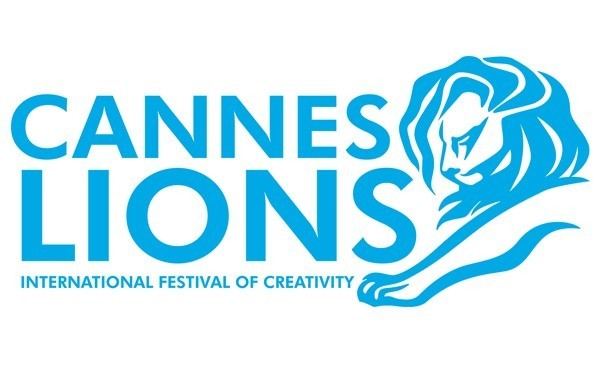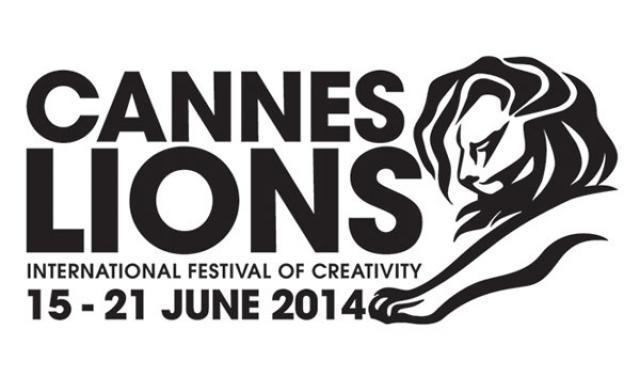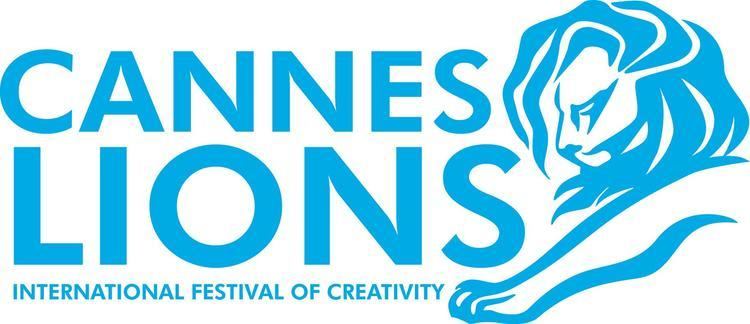Similar Cannes Film Festival, Palais des Festivals et des Cong, French Riviera, South by Southwest, Heinz | ||
Cannes lions classics five controversial tv and internet ads
The Cannes Lions International Festival of Creativity (formerly the International Advertising Festival) is a global event for those working in the creative communications, advertising and related fields. It is considered the largest gathering of worldwide advertising professionals, designers, digital innovators and marketers.
Contents
- Cannes lions classics five controversial tv and internet ads
- History
- The Awards
- Young Lions Competitions
- Lions Health
- References

The seven-day festival, incorporating the awarding of the Lions awards, is held yearly at the Palais des Festivals et des Congrès in Cannes, France. Each June around 11,000 registered delegates from 90 countries visit the Festival to celebrate the best of creativity in brand communication, discuss industry issues and network with one another. The week's activities include four award ceremonies as well as an opening and closing gala.

History

Inspired by the Cannes Film Festival, staged in Cannes since the late 1940s, a group of cinema screen advertising contractors belonging to the Screen Advertising World Association (Sawa) felt the makers of advertising films should be similarly recognised. They established the International Advertising Film Festival, the first of which took place in Venice, Italy, in September 1954, with 187 film entries from 14 countries. The lion of the Piazza San Marco in Venice was the inspiration for the Lion trophy.

The second festival was held in Monte Carlo, and the third in Cannes. After that, the event alternated between Venice and Cannes before settling in the latter in 1984. New categories have been awards in recent years: the Press & Outdoor Lions competition in 1992; the Cyber Lions in 1998; Media Lions in 1999; Direct Lions in 2002; Radio, and Titanium Lions in 2005; Promo & Activation Lions in 2006; Design Lions in 2008; PR Lions in 2009; Film Craft in 2010; Creative Effectiveness in 2011, Branded Content & Entertainment and Mobile Lions in 2012, and Innovation in 2013. However, in recent years there have been calls from within the industry for the Festival to simplify the entry categories to better reflect the current state of the modern communications world.
In the 1990s, the Festival also added a programme of learning in the form of seminars and workshops. Over the years, this side of the Festival has grown considerably and, in 2013 featured around 130 sessions over 7 days. These included talks from Christopher Bailey, Jack Black, Jenson Button, Nick Cannon, Shepard Fairey, Arianna Huffington, David Karp and Annie Leibovitz.
In 2004, British publisher and conference organiser EMAP plc (now called Ascential) purchased the festival from French businessman Roger Hatchuel - who had started managing it in 1987 - for a reported £52 million. In June 2014 the Wall Street Journal as well as Campaign Magazine reported on Nimrod Kamer's protestations at Cannes Lions.
Jose Papa is the managing director. Philip Thomas is the chief executive officer of Ascential Events, under which Cannes Lions operates. Terry Savage is the current chairman of the festival.
The Awards
Cannes Lions juries are drawn from experts in each field from around the world. Each jury is headed by a jury president. They judge submissions in Film, Film Craft, Media, Press, Outdoor, Cyber, Promo & Activation, Direct, Design, Radio, Mobile, Branded Content & Entertainment, PR, Creative Effectiveness, and Titanium and Integrated. In 2013, the Festival launched a new category called the Innovation Lions, which are supposed to "honour the technology and innovation which facilitates creativity", including recognition of the 'Top 10 Startups to Watch'. Additionally, global start-ups can apply for the Start-up Academy to receive festival passes and access mentorship sessions.
Other awards include Holding Company of the Year, Network of the Year, Media Agency of the Year, Agency of the Year, Independent Agency of the Year, Media Person of the Year, Advertiser of the Year and the Palme d'Or to the best production company.
Advertisements are generally entered by the agencies that created them, although technically anyone can enter any advertising creation, providing it ran within a specified time frame. The jurors are instructed to reward advertising that is deemed most creative both in idea and execution.
In an article in the Guardian in 2009 WPP boss Sir Martin Sorrell said the Cannes Lions awards were too costly to enter. However, a year later, he also admitted that he had made sure that WPP was "very, very focused on Cannes" and wanted to be "the leader in terms of awards at Cannes". In 2011, WPP won the first Holding Company of the Year prize at the Festival. Commenting on this industry recognition, WPP Worldwide Creative Director, John O'Keeffe, said:
"Cannes is the only global, cross discipline show, covering advertising, design, digital, media, promo, effectiveness, and everything else besides. It doesn't aggregate the scores of other shows, so you can't inflate your ranking on the back of just one or two pieces of work. If you are number one at Cannes, you've done it the hard way, the proper way, the only way."
In 2013, the "Dumb Ways To Die" a campaign by McCann Australia for Australian company Metro Trains made history by winning a total of five Grands Prix awards, the most ever awarded to a single piece of work.
Young Lions Competitions
The Young Lions Competitions (previously known as the Young Creatives competition, which started in 1995) is open to advertising professionals up to 28 years old working in teams of two. The competition takes place during the festival week in Cannes in seven divisions: print, cyber, film, design, young marketers, media and PR.
Unlike the other competitions, regional competitions are held in most countries to select teams in the lead-up to the Festival, with winners of these going into the final round of the competitions at Cannes Lions.
Lions Health
In June 2012, Cannes Lions announced that it plans to launch a new two-day event for creative communications in healthcare, wellness and sustainability. Taking place in the Palais des Festivals in Cannes, France, just before Cannes Lions kicks off on 15 June 2014, the event will offer two days of content that will explore and debate the essential and unique issues relating to the world of healthcare communications. The move was welcomed by some sections of the industry, with Jeremy Perrott, global creative director of McCann Health, commenting: "Lions Health gives the industry the highest stage to showcase its brilliance."
